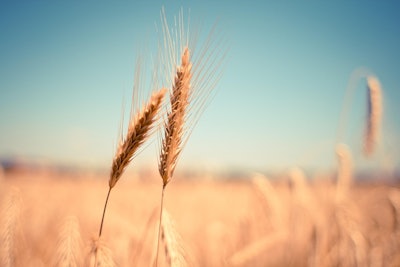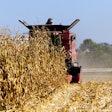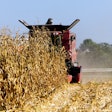
In a comprehensive analysis of India's agricultural landscape, the U.S. Department of Agriculture's Economic Research Service has released a report highlighting the complex interplay between projected yield increases and growing demand for staple crops. The study, titled "Evaluating the Impacts of Projected Yield Changes on India's Wheat and Rice Markets," offers insights into the challenges facing the world's most populous nation as it strives to meet its food security needs.
The report, authored by Kayode Ajewole, Ethan Sabala, and Jayson Beckman, examines the potential impacts of climate-induced yield changes on India's wheat and rice markets through 2040. Despite anticipated yield improvements due to higher carbon concentrations, the findings suggest that production increases may not keep pace with surging demand, potentially leading to significant price hikes and shifts in trade dynamics.
Key projections from the study include:
Rice production is expected to increase by 2040, while wheat production may decrease, reflecting a shift in land allocation between the two crops.
Domestic prices for rice and wheat could surge by 232% and 201%, respectively, by 2040, driven by demand outpacing supply despite yield improvements.
India's exports of rice and wheat are likely to decrease, contributing to higher international prices for these staples.
South Asian and Southeast Asian countries may face the most significant impacts, potentially turning to alternative suppliers to meet their grain demands.
The research utilizes advanced modeling techniques, including a computable general equilibrium model and data from the Agricultural Model Intercomparison and Improvement Project. These tools allow for a nuanced analysis of how changing weather patterns and carbon concentrations might affect crop yields across India's diverse agro-ecological zones.
As India grapples with a projected population of 1.65 billion by 2040 and an expected 67% increase in incomes over the next decade, the pressure on its agricultural sector intensifies. The ERS report underscores the critical need for strategic planning and innovative solutions to ensure food security and maintain India's position in global grain markets.
This study serves as a crucial resource for policymakers, agribusinesses, and researchers, offering a data-driven perspective on the future of India's agricultural sector and its implications for global food systems.
















